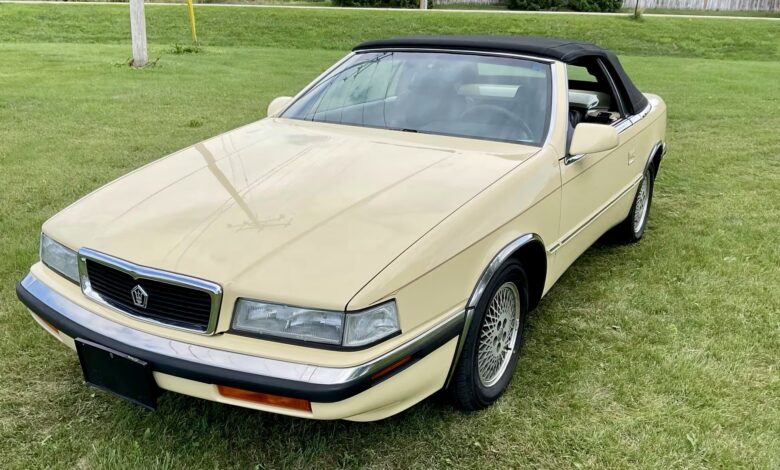
A rare gem from the late 1980s and early 1990s, the 1990 Chrysler TC by Maserati Convertible, will be up for auction at the Mecum Indy Fall Special on Saturday, October 5th, 2024. This particular model stands out as one of only 474 produced in striking yellow, showcasing a blend of Italian design and American engineering.
The Chrysler TC by Maserati was a collaborative effort between Chrysler and Maserati, aimed at repositioning Chrysler’s image in the luxury market. Introduced at the 1986 Los Angeles Auto Show, the TC was developed as a grand tourer, built on a modified Chrysler K-platform. Production delays meant that the TC did not hit the market until late 1988, with a total of 7,300 units produced by 1990.
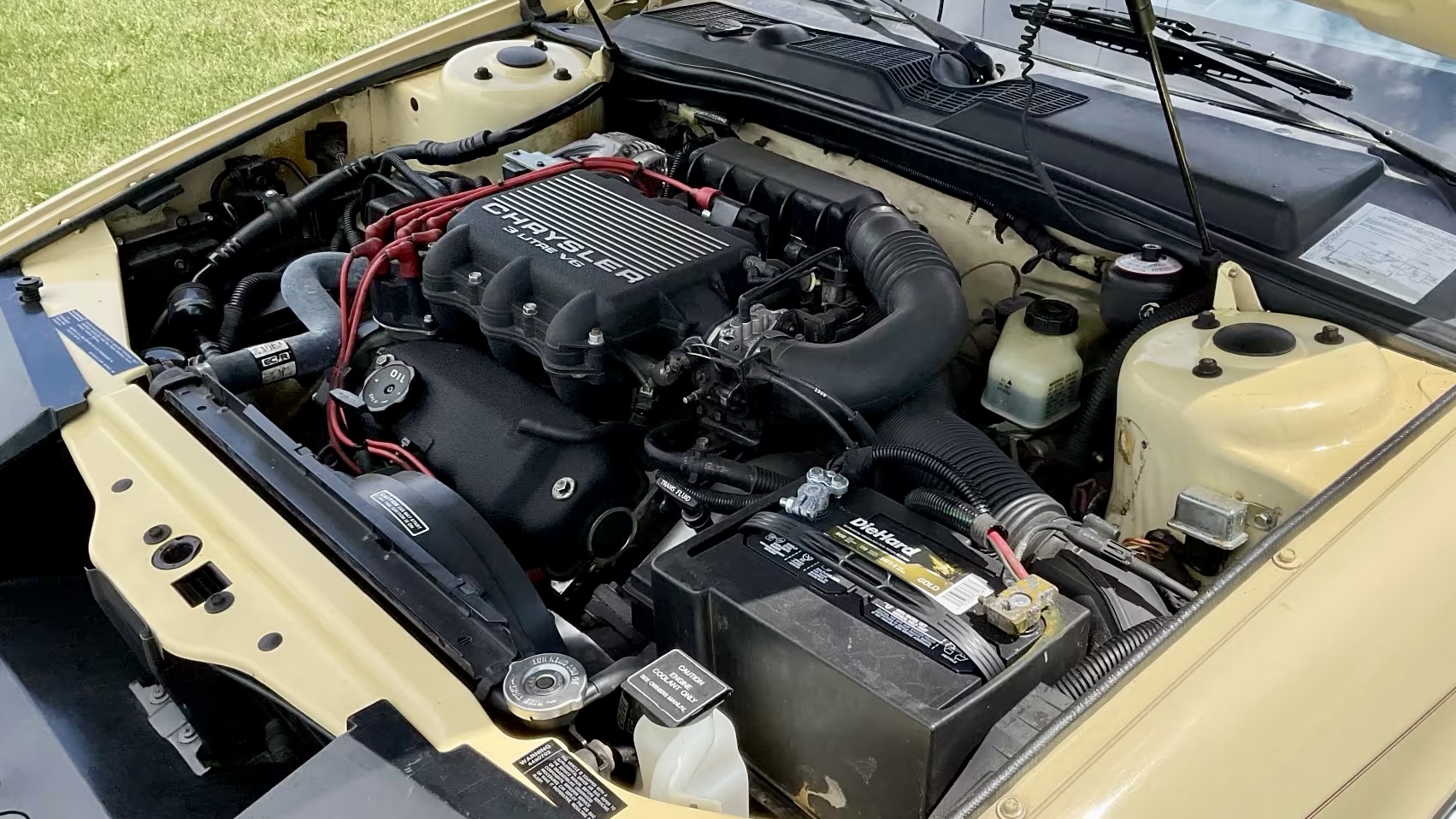
This 1990 model features a 3.0-liter (181 cubic-inch) V6 engine, delivering 141 horsepower and paired with an automatic transmission. Its unique design includes a removable hardtop alongside a convertible soft top, allowing for an open-air driving experience. Inside, the car boasts hand-stitched Italian leather upholstery, 6-way power seats, and a premium 10-speaker Infinity sound system, emphasizing its luxury credentials.
This TC is in highly original condition with just 24,000 miles on the odometer and a clean CarFax report. Its alloy wheels and luxurious interior provide a glimpse into the era’s craftsmanship and style. The car’s production occurred in Milan, Italy, adding to its allure as a genuine European luxury vehicle.
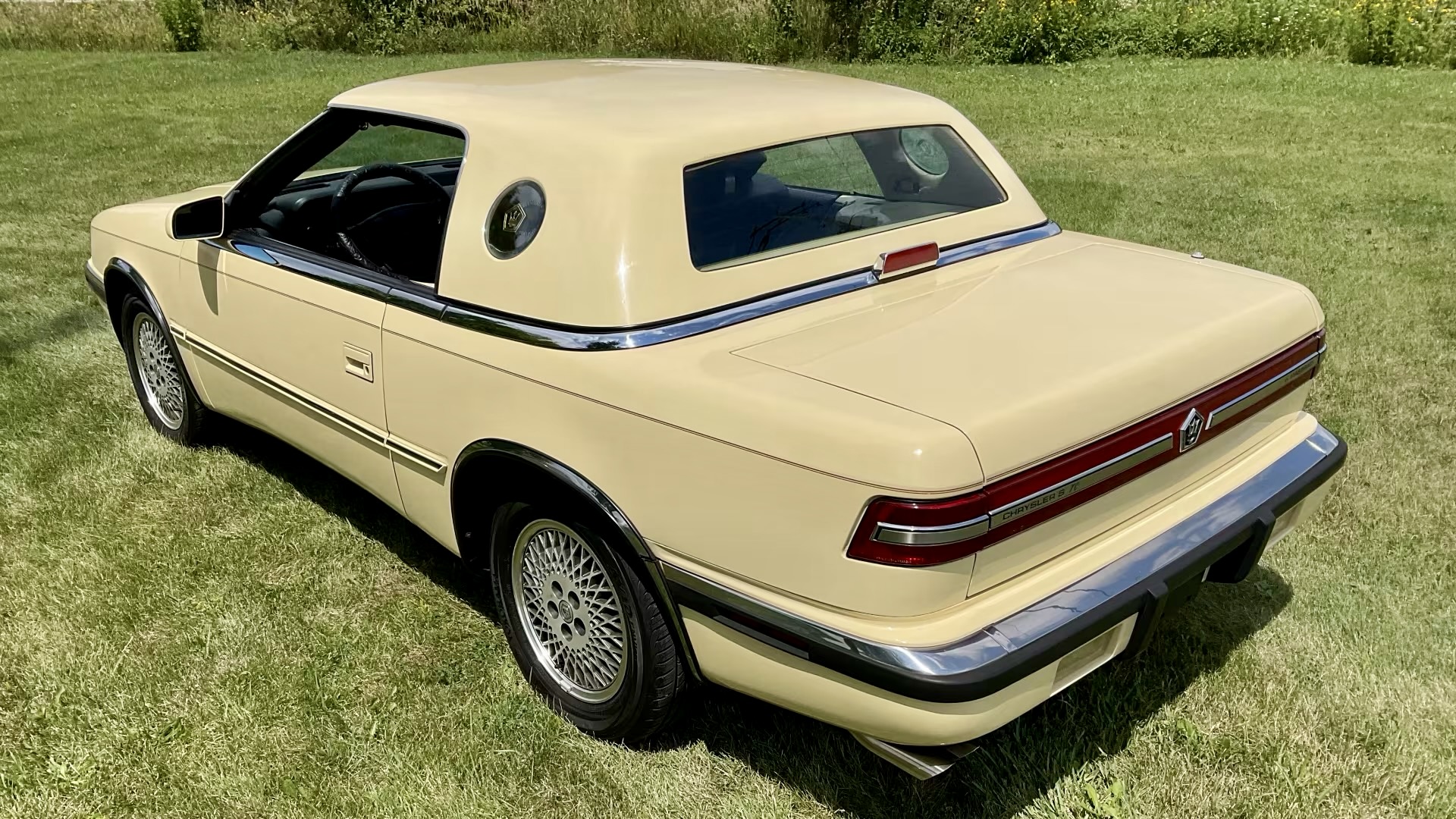
When it was new, the 1990 Chrysler TC had a base price of $35,000, which translated to approximately $81,625 in 2024 dollars. This pricing reflects its positioning as a premium offering targeting a more affluent customer base.
In contrast, the Chrysler LeBaron GTC, which was more affordable and featured similar options and styling, often drew comparisons to the TC. The LeBaron GTC provided many of the same luxury features at a significantly lower price point, making it more accessible to a wider audience. Critics noted that while the TC aimed for a more upscale market, the LeBaron GTC offered comparable performance and comfort, resulting in a competitive advantage for Chrysler’s more budget-friendly model.
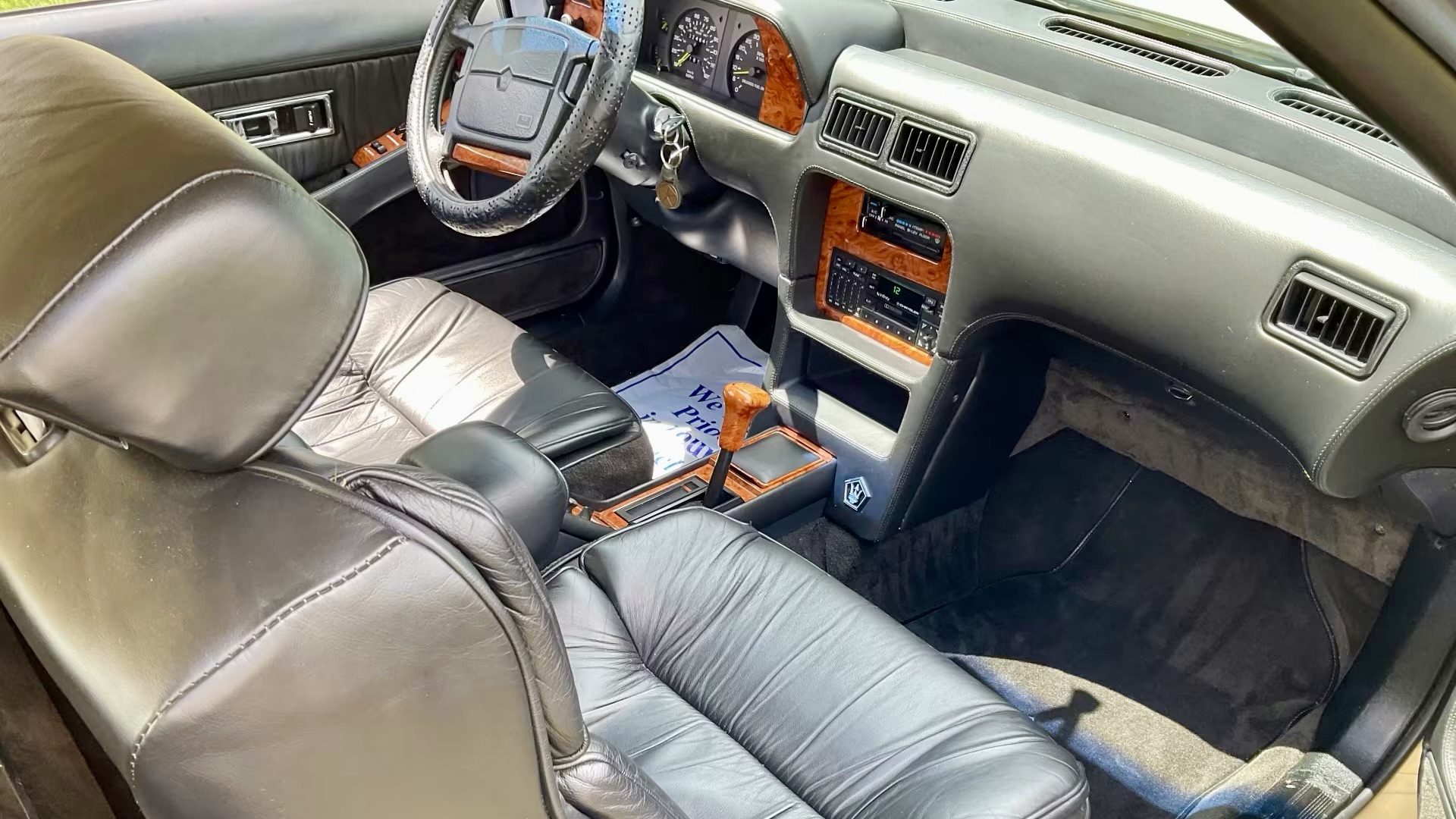
The TC aimed to attract a more affluent customer base to Chrysler showrooms, reminiscent of the brand’s luxury offerings in the 1950s and 1960s. Despite its premium features, the TC struggled with sales due to its high price tag and limited exterior color options, ultimately leading to its status as a unique footnote in automotive history.
As this Chrysler TC by Maserati heads to auction, collectors and enthusiasts will undoubtedly appreciate its rarity and the rich narrative surrounding its creation. With its combination of distinctive design and luxurious features, this vehicle remains a notable example of the ambitious collaboration between two iconic automotive brands.
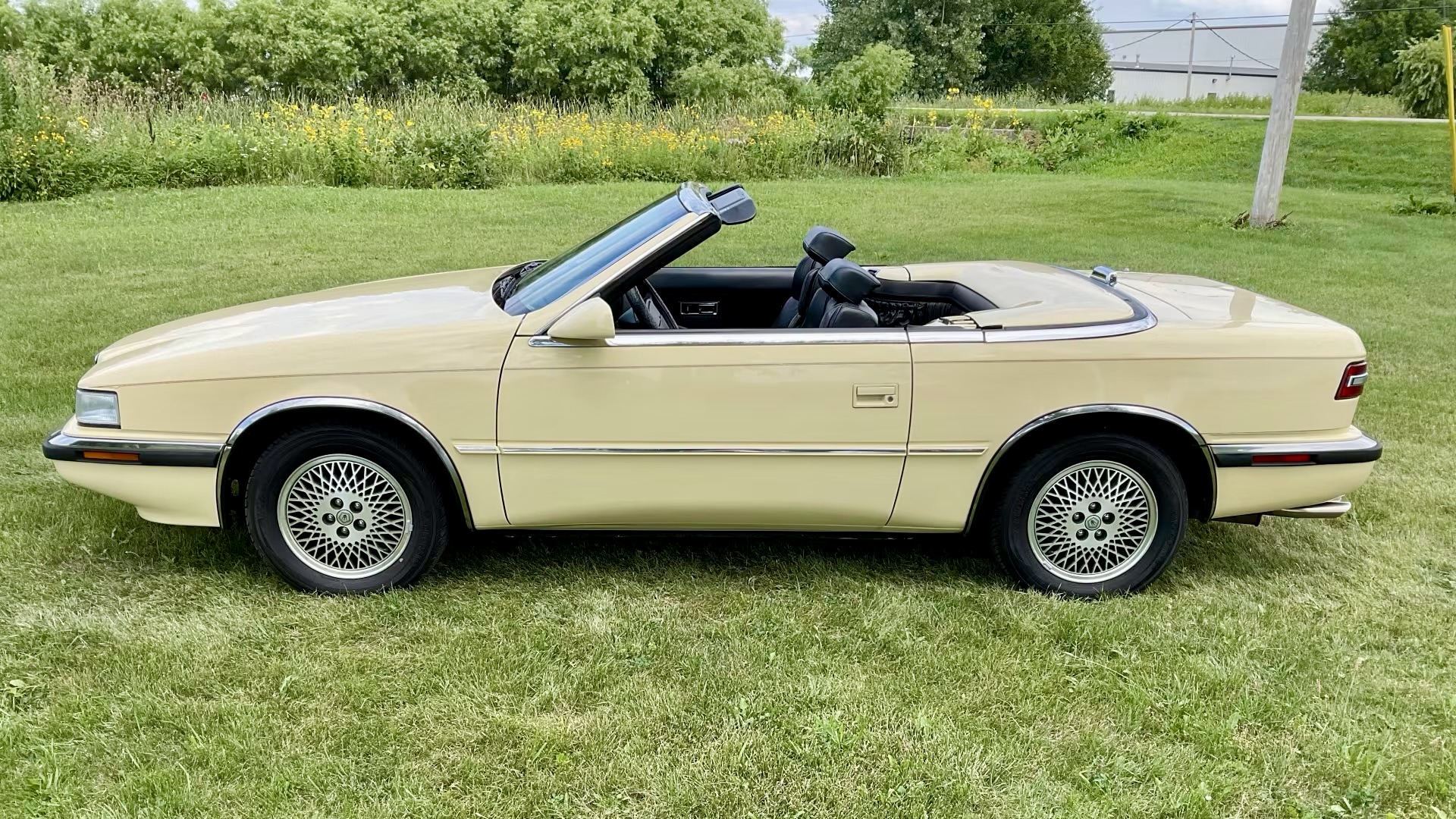
To see more, be sure to visit the car’s dedicated page on Mecum.com.

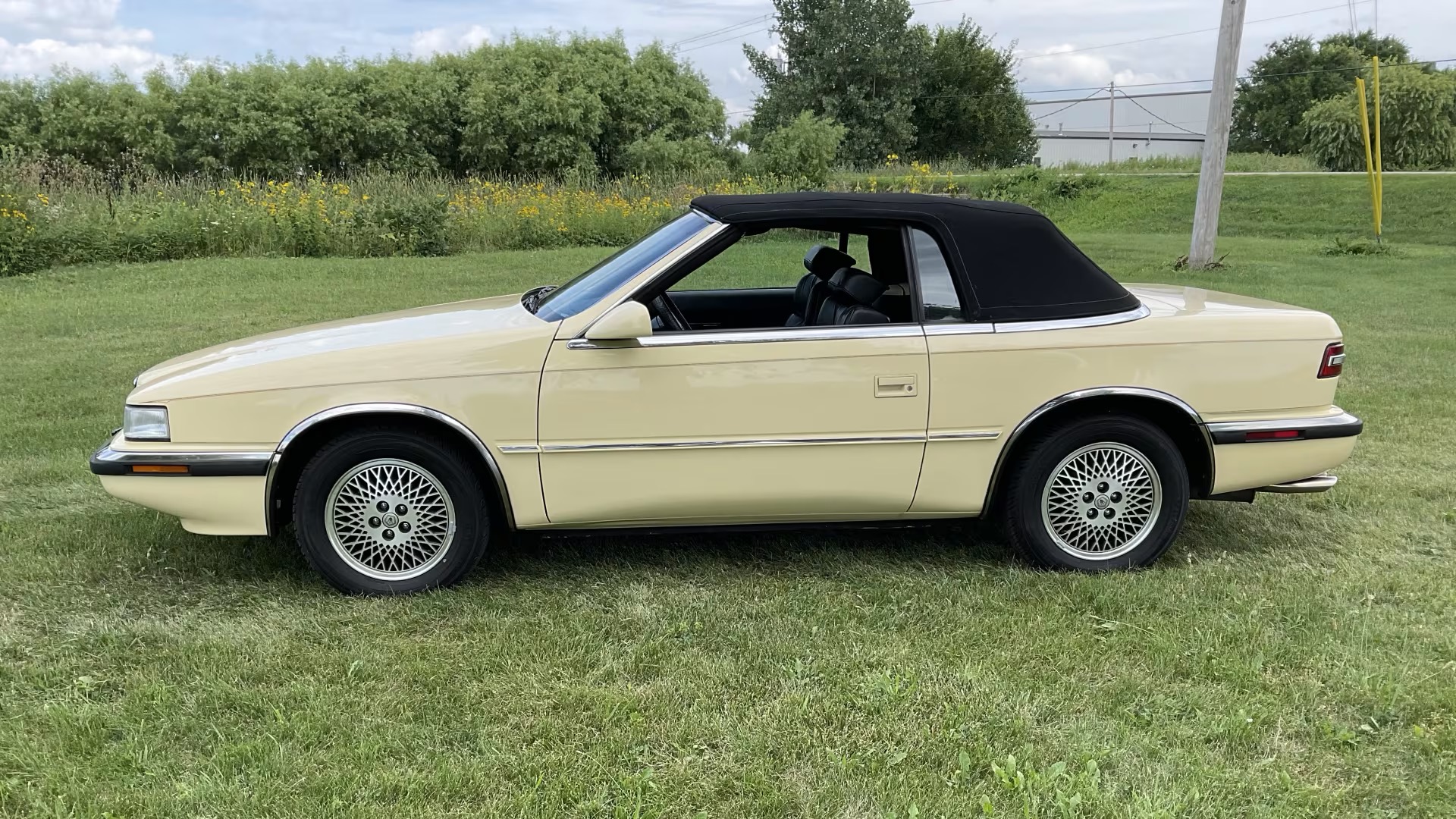
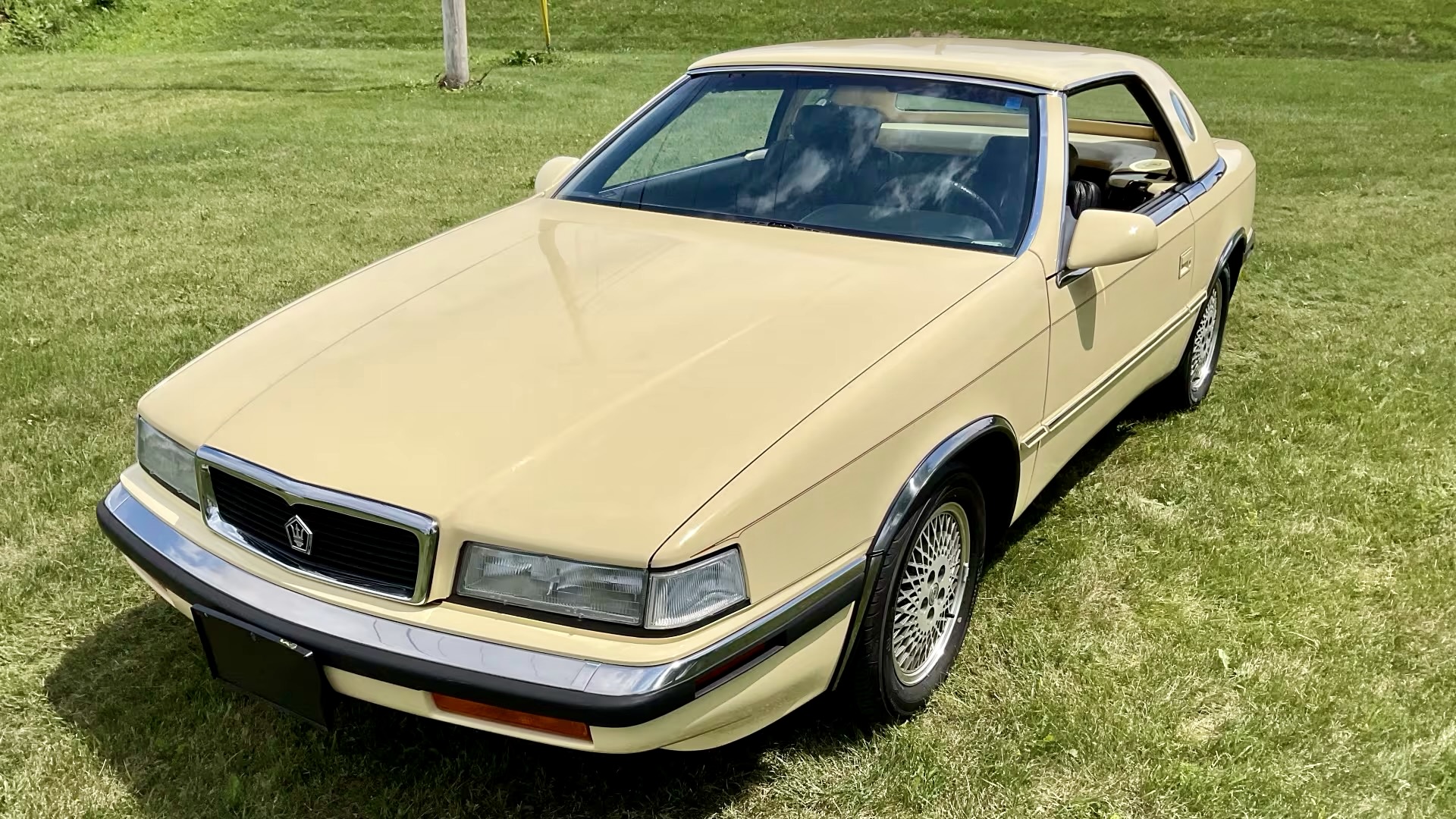
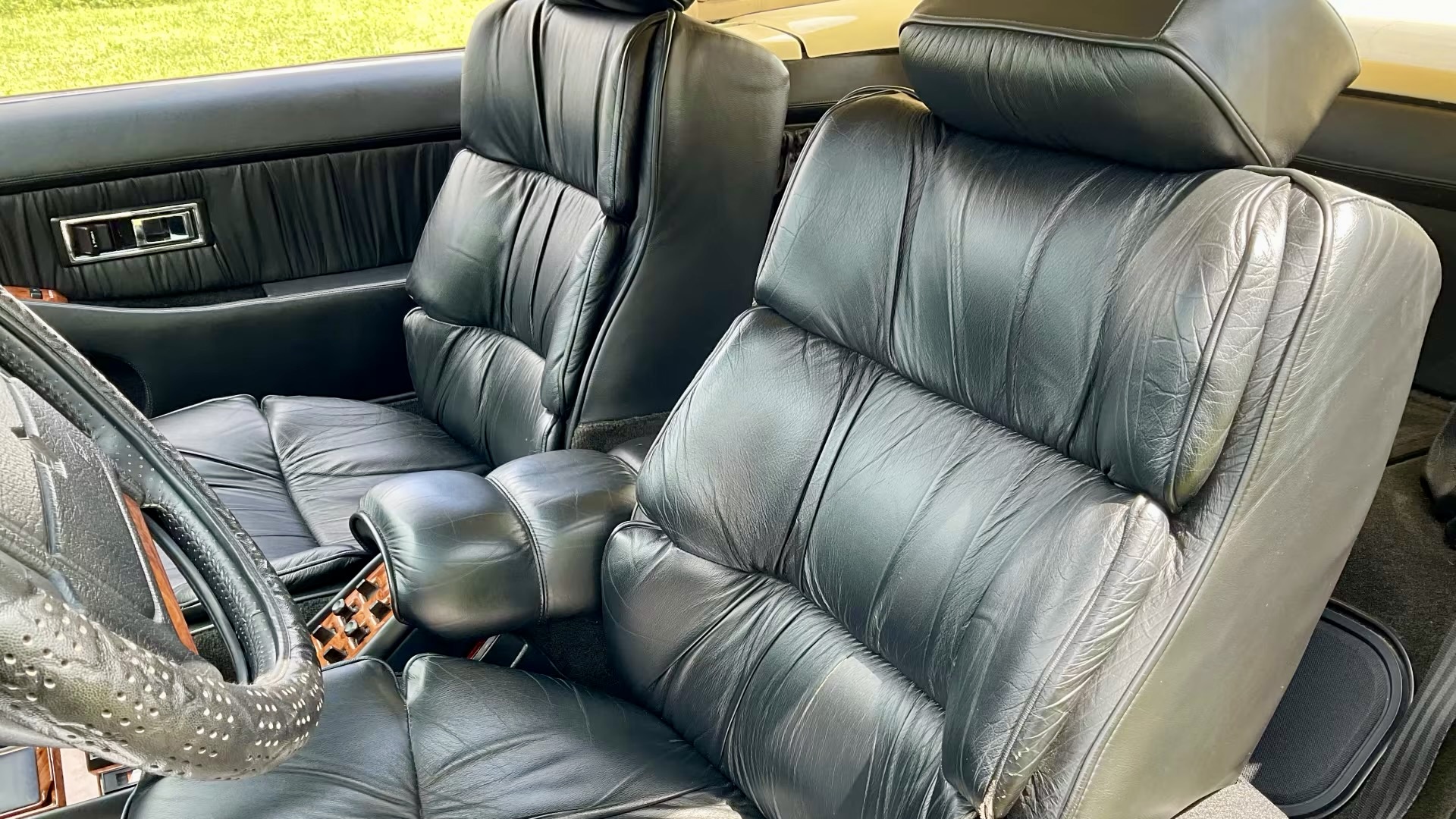
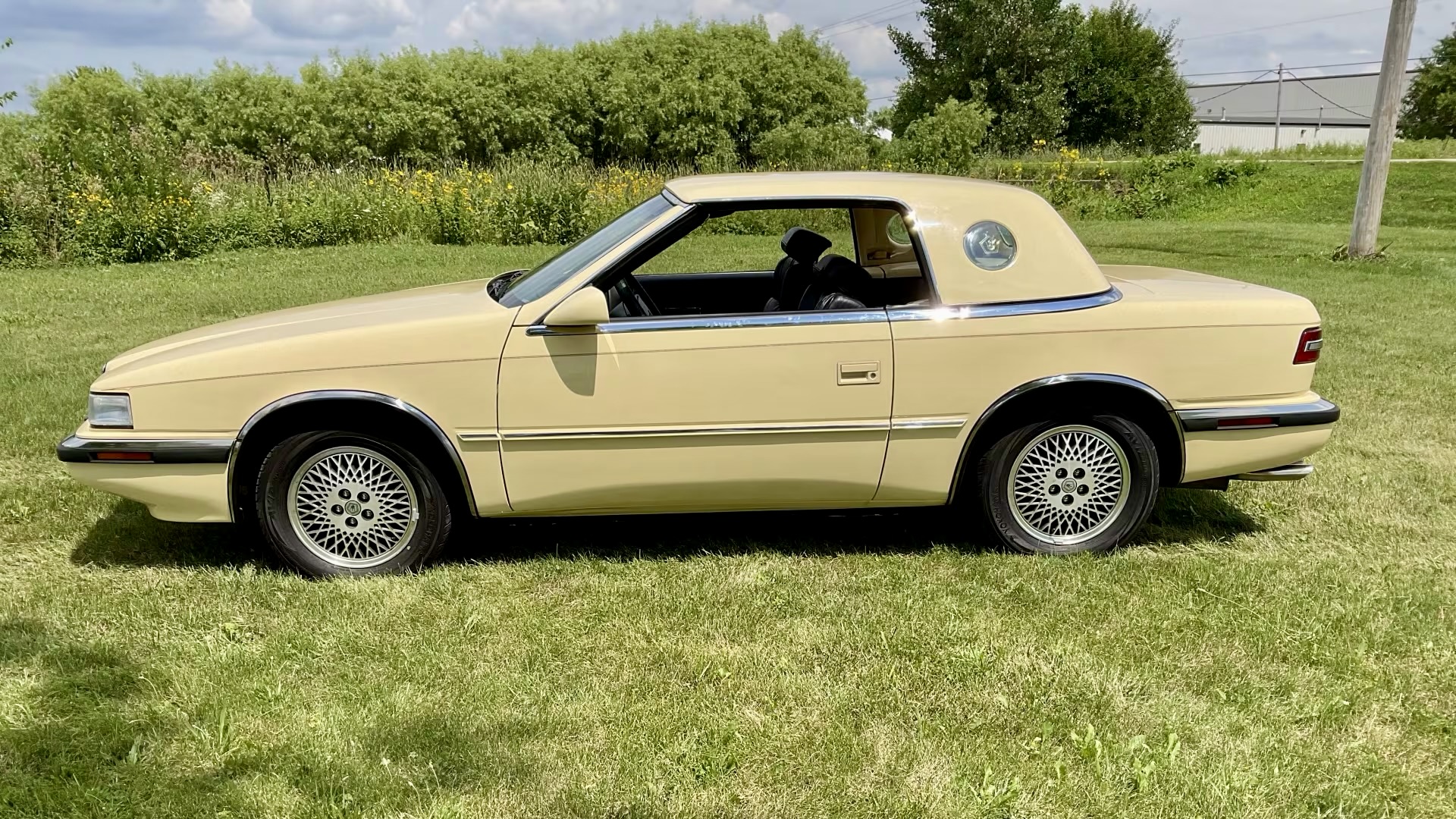
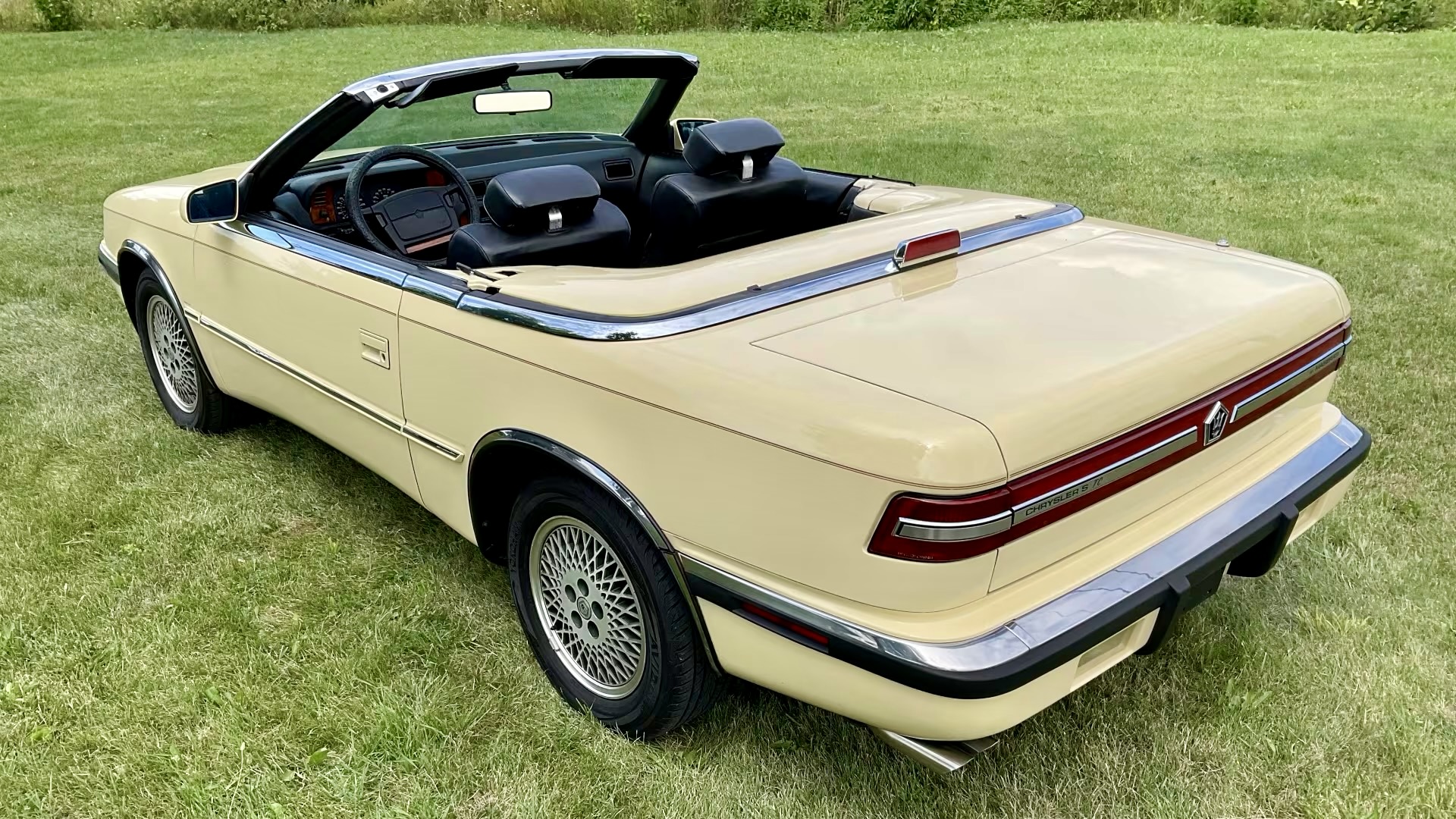
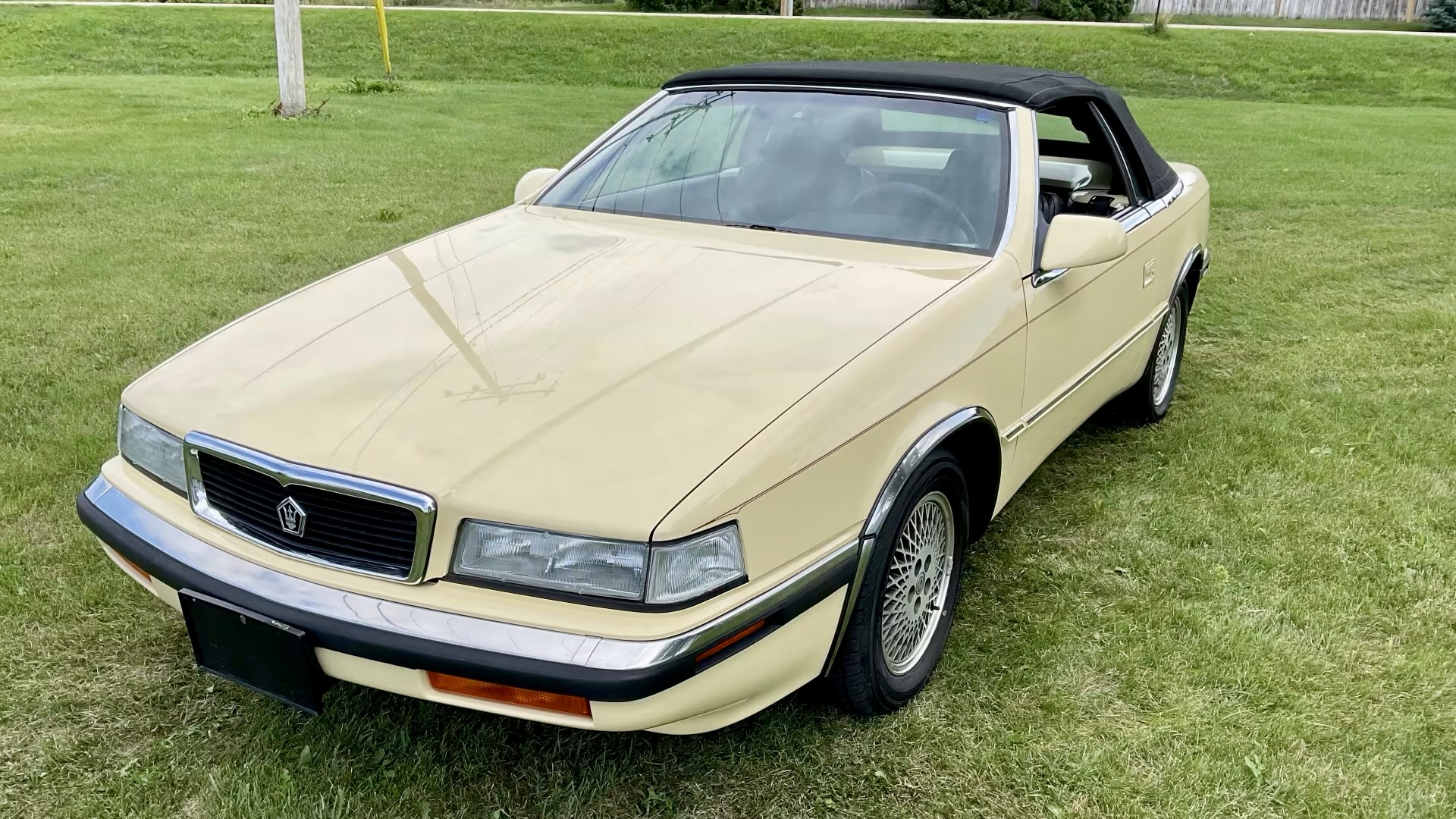
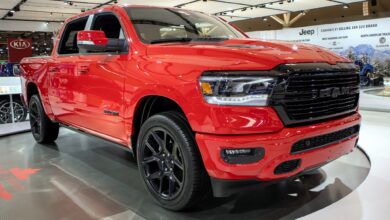
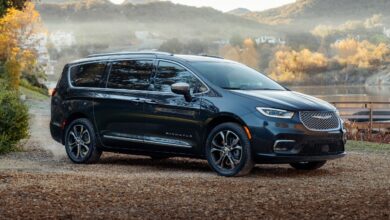
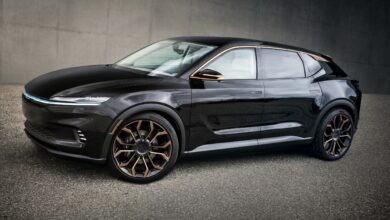


No replies yet
Loading new replies...
Join the full discussion at the Mopar Insiders Forum →